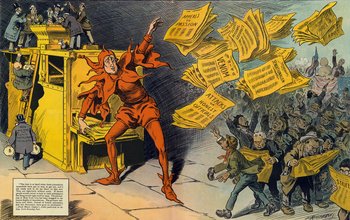
Inventory planning | Inventory forecasting |
Coordination with sales, marketing and operations | Analyzing sales data and historical trends to predict demand |
Balancing inventory levels to reduce stockouts and avoid excess inventory | Optimizing inventory turnover |
Measuring and reporting inventory turnover | Monitoring current inventory levels |
Improving procurement turnaround times | Improving stocking turnaround times |
Order management | Managing supplier performance |
Managing supplier and logistics issues | Inventory audits and reconciliation |
Tracking lead times for reordering | Procurement processes to find new suppliers |
Reordering automation | Inventory tracking automation |
Inventory analysis | Negotiating with suppliers |
Monitoring supplier cost and performance | Improving inventory holding costs |
Managing customer returns | Expiry date tracking and monitoring |
Implementing and tracking first-in-first-out use of stock | Inventory disposal and liquidation |
Compliance with regulations and standards for inventory storage, safety and labeling | Monitoring and reporting shrinkage |
Loss prevention measures | Inventory expediting – accelerated process for urgent inventory needs |











